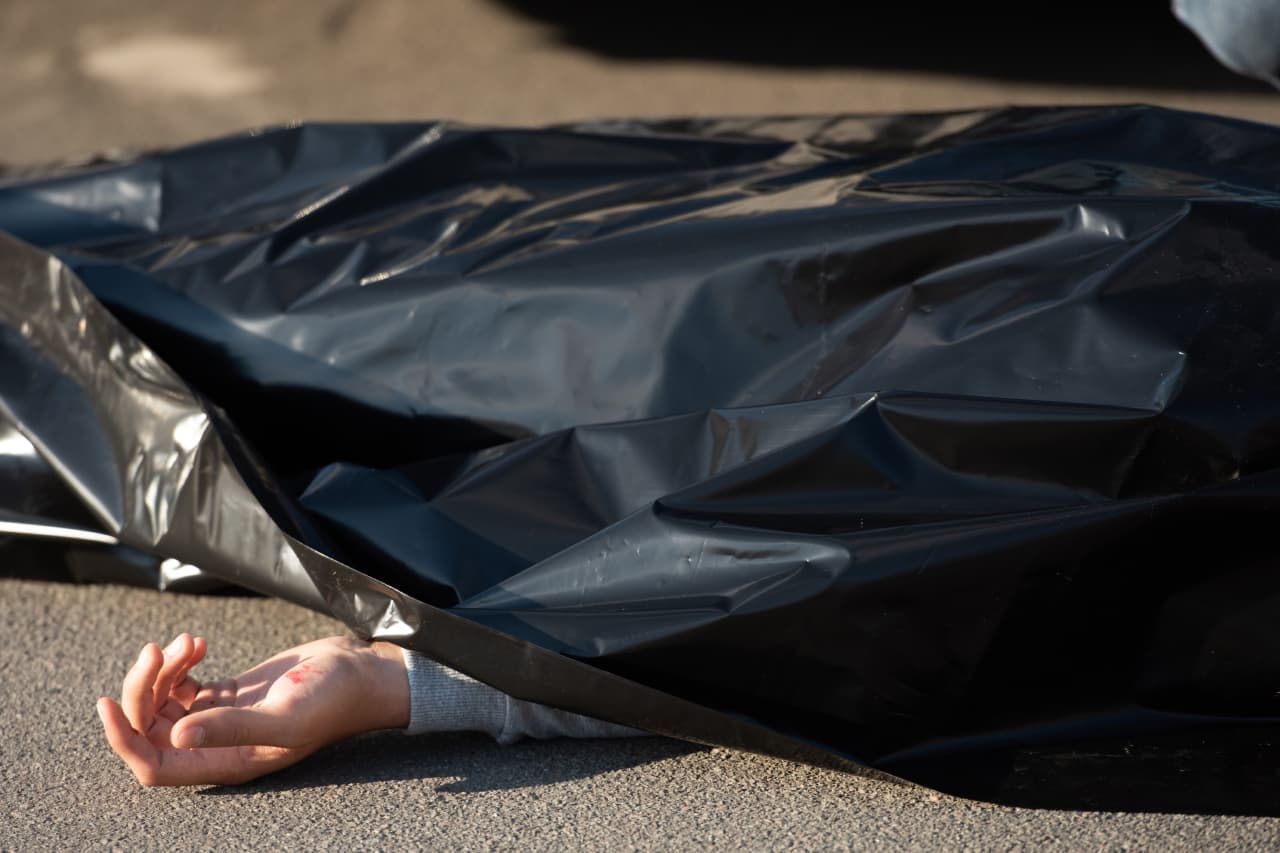
Two people are dead after a passenger car coasted through a stop sign and into the path of an oncoming large truck.
The wreck happened where Munger Hill Road dead-ends into State Highway 3 in Mexico. When a Chevrolet Malibu failed to completely stop at the stop sign, an oncoming Ford Flatbed truck smacked into the Malibu. The driver and passenger inside that vehicle were killed almost instantly.
The truck driver was not seriously hurt.
The duty of care applies to all motorists in all situations. This duty requires motorists to avoid accidents when possible. So, establishing fault is difficult in intersection collision wrecks. Establishing liability, which is different from fault in many cases, is even harder.
Fault is a preliminary determination based solely on the facts immediately available at the scene. A traffic citation, which emergency responders might or might not issue, usually determines fault in an intersection collision case.
A few police departments and other law enforcement agencies have mandatory issue policies in these situations. Responders must issue a citation to one driver, and only one driver, to establish fault.
If there is no such policy, many law enforcement officers would rather cut off their pinkies than issue a citation in an intersection collision case. Fundamentally, most officers see car crashes and civil issues. That’s usually true even in fatal accident situations. Because of this attitude, most officers don’t want to write tickets and involve themselves in a civil lawsuit.
So, when it comes to establishing legal liability, a New York personal injury attorney often has very little to go in.
Thus, the liability determination process starts with a closer examination of the facts. This examination includes the facts at the scene, like witness statements and physical evidence. Evidence which was unavailable at the scene, such as information from a vehicle’s Event Data Recorder, is often critical as well.
Legal doctrines, such as comparative fault, often come into play as well. This principle shifts blame for an accident from the tortfeasor (negligent driver) to the victim. For example, an insurance company might admit its insured driver made a California turn at a red light. Lawyers might then blame the wreck on the victim’s alleged failure to maintain a proper lookout.
In these situations, jurors must divide responsibility on a percentage basis, such as 50-50 or 70-30. New York is a pure comparative fault state. Even if a victim was 99 percent responsible for a crash, the tortfeasor is still responsible for a proportionate share of damages. A third party is often financially responsible for them, as outlined below.
As mentioned, the duty of care applies in all situations. It applies no matter what the other driver does or does not do. In the above story, the truck driver could still be responsible for the accident, even though the other vehicle failed to yield the right-of-way.
Establishing the duty of care is easy. Proving a breach of duty is more difficult. Some of the more common truck driver breaches include:
Various tools are available to establish these breaches of duty in court. Some examples include:
These tools, and others like them, help attorneys establish a breach of duty by a preponderance of the evidence, or more likely than not.
Drivers who are fatigued or under the influence of drugs have a chance to stop vehicle collisions before they happen. They can simply choose not to drive. Certain third parties are in a similar position. They can stop car crashes before they happen. They must simply change their rules or enforce the rules that are already in place.
Respondeat superior employer liability, which applies in most commercial vehicle wrecks, is a good example. Employers, like transportation or shipping companies, are financially responsible for negligence damages if:
Such vicarious liability theories are especially important in catastrophic injury or wrongful death claims. Usually, individual drivers don’t have enough insurance coverage to make good on all damages in these cases.
Large truck wrecks usually cause serious injuries. For a free consultation with an experienced personal injury lawyer in New York, contact the Pianko Law Group, PLLC. You have a limited amount of time to act.